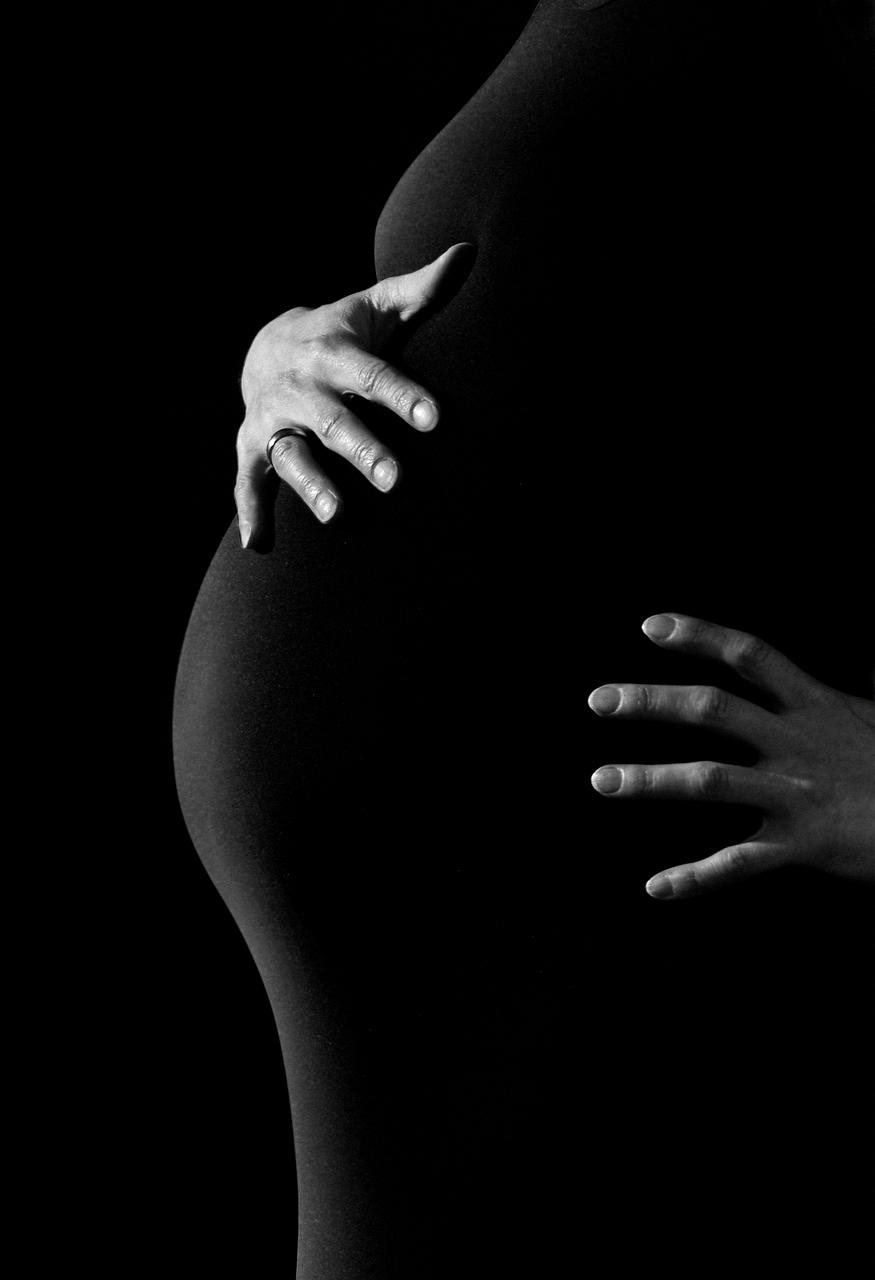Postpartum bleeding after a cesarean delivery, commonly known as a c-section, is a natural part of the body’s healing process after childbirth. It is essential to be informed about the stages of postpartum bleeding to know what to expect and how to manage it effectively.
Initial Stage: Dark Red Bleeding
Following a c-section, new mothers can expect to experience initial postpartum bleeding that is typically dark red in color. This bleeding is the body’s way of shedding the excess blood and tissue that was necessary during pregnancy.
Transition to Brown Discharge
As the days pass, the dark red bleeding from the c-section site transitions into brown discharge. This change indicates the body’s progress in the healing process and is a positive sign that the incision is closing and beginning to heal.
Progression to Yellow Discharge
Over time, the brown discharge will gradually shift to a lighter yellow color. This change signals that the body is continuing to expel any remaining blood and tissue from the c-section, and the healing process is progressing as expected.
Final Stage: Whitish Discharge
Eventually, the postpartum bleeding from the c-section site will transition to a whitish or clear discharge. This stage indicates that the incision and surrounding tissues have healed, and the body is returning to its pre-pregnancy state.
Monitoring Your Bleeding
It is crucial to monitor the color, consistency, and amount of postpartum bleeding after a c-section. Any sudden changes or abnormalities should be discussed with your healthcare provider to ensure proper healing and recovery.
Duration of Postpartum Bleeding
While the stages of postpartum bleeding can vary from person to person, the overall duration typically lasts for several weeks following a c-section. It is essential to be patient and allow your body time to heal.
Importance of Rest and Recovery
Rest and recovery are crucial elements in managing postpartum bleeding after a c-section. Taking care of yourself, staying hydrated, eating nutritious foods, and avoiding strenuous activities can support the healing process.
Seeking Medical Advice
If you have any concerns or questions about the stages of postpartum bleeding after a c-section, do not hesitate to reach out to your healthcare provider. They can provide guidance, reassurance, and any necessary interventions if needed.
Emotional Support
Managing postpartum bleeding can be physically and emotionally taxing. It is essential to seek emotional support from loved ones, friends, or support groups to navigate the challenges of recovery after a c-section.
Conclusion
Postpartum bleeding after a c-section is a natural and expected part of the healing process. By understanding the stages of postpartum bleeding, monitoring your symptoms, seeking medical advice when needed, and prioritizing rest and recovery, you can effectively manage and navigate this postpartum experience.

